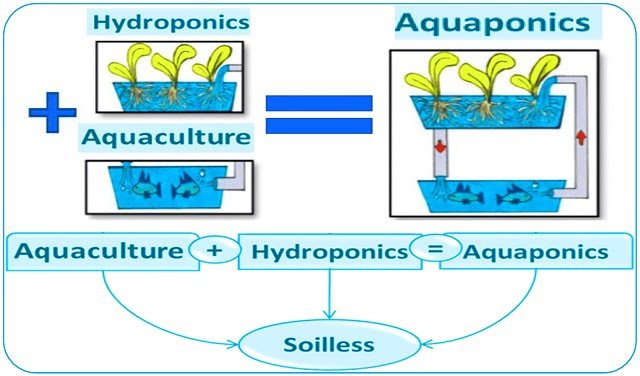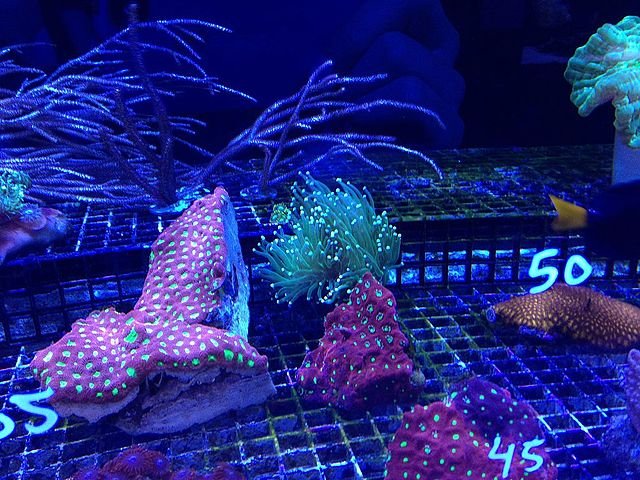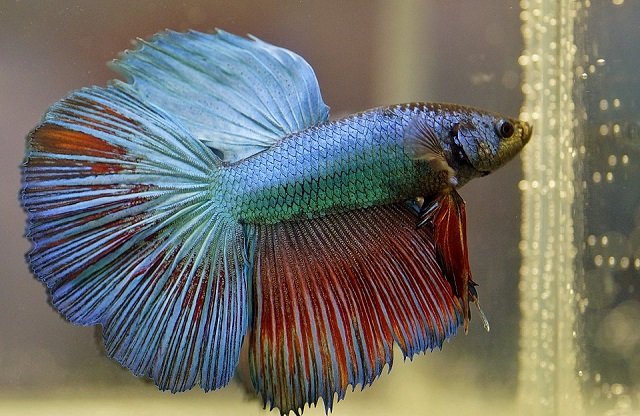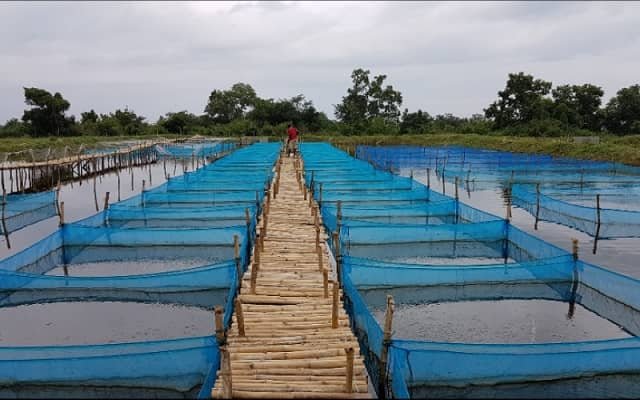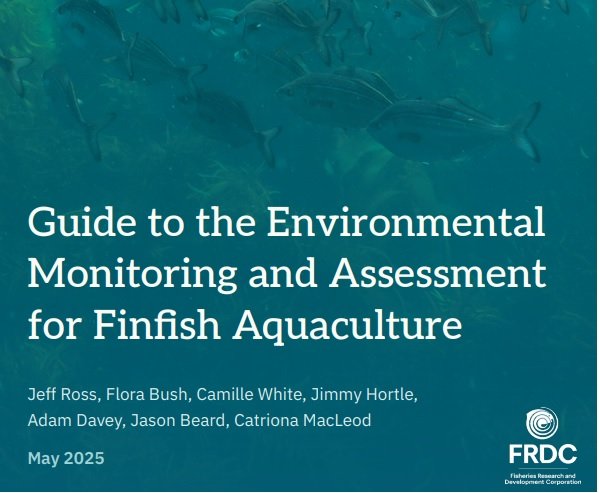
The Institute for Marine and Antarctic Studies (IMAS) at the University of Tasmania has published a crucial updated guide for the environmental management of finfish aquaculture. This new manual replaces the 2004 version, significantly expanding the monitoring scope to include key habitats such as rocky reefs and seagrass beds, reflecting the industry’s evolution and expansion.
“Since the publication of the original Macleod and Forbes field guide in 2004, both the location and scale of marine finfish aquaculture operations in Tasmania have changed significantly,” said IMAS researcher Professor Jeff Ross.
This document is the result of extensive recent research, including FRDC projects 2015/024 and 2018/131, and provides detailed ‘how-to’ guidance on the most suitable monitoring techniques currently available for marine habitats.
“Our new guide covers a broader spectrum of environments and is designed to be a practical resource for a wide range of users, including aquaculture operators, regulators, environmental consultants, and researchers,” Professor Ross added.
Key findings
- The updated guide expands the focus beyond soft sediments, introducing detailed methodologies for monitoring reefs (both coastal and deep) and seagrass beds for the first time.
- While sediment monitoring is an established practice, the guide introduces environmental DNA (eDNA) metabarcoding as an emerging and sensitive tool for assessing sediment health.
- For coastal reefs, it introduces Rapid Visual Assessment (RVA), a technique designed to detect signs of enrichment stress (such as opportunistic algae) before a collapse or “tipping point” occurs.
- The guide addresses the industry’s expansion into more exposed, deeper areas, proposing methods for monitoring deep reefs and recognizing specific impacts on seagrass beds (primarily light limitation).
Monitoring in soft sediments
Soft sediment monitoring remains a fundamental method for assessing the local impacts of farm discharges. The primary effect in these zones stems from the deposition of particulate organic matter (POM), such as fish feces and uneaten feed, which can cause localized excessive enrichment.
The sediment’s response to enrichment is progressive and predictable, moving through stages from “Unimpacted” to “Severe Effects” (anoxic, with spontaneous outgassing). If the site is allowed to rest (fallowing), recovery also occurs predictably.
The guide outlines comprehensive methods for designing and implementing monitoring programs tailored to this habitat. For soft sediments, it recommends benthic fauna surveys, sediment chemistry tests (such as redox and sulfides), and core sampling, supported by visual assessments to detect physical changes.
Benthic community analysis (the organisms living in the sediment) is a sensitive measure. The guide identifies which species act as enrichment indicators in different regions, such as Capitella sp. in high-energy sites in southeast Tasmania, or Schistomeringos loveni and Ophryotrocha shieldsi in Macquarie Harbour.
Stay Always Informed
Join our communities to instantly receive the most important news, reports, and analysis from the aquaculture industry.
The use of Remotely Operated Vehicles (ROVs) for visual assessment is also highlighted as a reliable, rapid, and cost-effective method, utilizing an objective scoring system to weight visual indicators like bacterial mats (Beggiatoa), feed, and feces.
Coastal and deep reefs: Monitoring for “tipping points”
Industry expansion has increased concern regarding coastal rocky reefs. Unlike sediments, the impact on reefs is rarely from direct deposition. The primary interactions occur via the water column, where enrichment from dissolved nutrients (such as urea) can stimulate algal productivity.
A crucial finding is that coastal reefs do not degrade progressively. Instead, they appear to maintain their integrity until a “tipping point” is reached, after which a significant loss of canopy-forming algae (like kelp) can occur. This can result in a “phase shift” towards an ecosystem dominated by algal turf.
For reef systems, methods range from in-situ biodiversity surveys (like the Edgar-Barrett method) and indicator species assessments to advanced tools such as underwater video.
A key technique is the Rapid Visual Assessment (RVA), designed specifically to detect a loss of resilience before canopy loss occurs. RVA focuses on functional indicators of enrichment, such as the increase of “nuisance” epiphytic and filamentous algae.
The guide also addresses deep reefs, relevant to the industry’s expansion into more exposed and deeper zones, proposing quantitative biodiversity methods using ROVs.
Seagrass habitats
Seagrass monitoring is a recent requirement in Tasmania. The primary impact driver in these systems is light limitation. This can occur from direct shading by infrastructure, increased turbidity, or (most commonly) the stimulation of epiphytic algae growth on the seagrass leaves, blocking light.
For seagrass habitats, frameworks are provided for mapping distribution and tracking changes in density and health, particularly in response to organic enrichment or sedimentation. This includes quantitative assessments using photo-quadrats to measure seagrass cover, epiphytic algae, and competing algae like Caulerpa spp..
Emerging tools: eDNA and remote monitoring
The guide also introduces newer tools, such as remote video methods capable of tracking changes over larger spatial scales, and environmental DNA (eDNA) metabarcoding.
eDNA metabarcoding, which involves sequencing DNA recovered from sediment samples, offers an innovative way to assess sediment health. This technique can detect a broader range of species, including bacteria and meiofauna. The guide notes that bacterial eDNA-based indices are already accepted as best practice in New Zealand’s salmon farming regulation and that trials in Tasmania indicate bacterial communities provide a sensitive measure of enrichment.
Each method described in the guide comes with guidance on how and when to use it, what data it provides, and its limitations.
Implications for aquaculture management
This guide represents a significant advancement in the environmental management of aquaculture, providing standardized methodologies for a wider range of habitats.
“It also addresses the challenges of monitoring and assessing impacts in different environments, emphasizing the importance of locally relevant baseline information for evaluating performance,” noted Professor Ross.
“And while the focus is on finfish aquaculture, the methods and principles it covers apply to any activity that may affect organic loading in marine environments.”
“It offers a robust framework for assessing baseline health, tracking change, and supporting recovery across a variety of habitat types,” Ross concluded.
Reference (open access)
Ross J., Bush F., White C., Hortle J., Davey A., Beard J., y MacLeod C (2025). Guide to the Environmental Monitoring and Assessment for Finfish Aquaculture. Institute for Marine and Antarctic Studies, Hobart, Tasmania. 78 p.
Editor at the digital magazine AquaHoy. He holds a degree in Aquaculture Biology from the National University of Santa (UNS) and a Master’s degree in Science and Innovation Management from the Polytechnic University of Valencia, with postgraduate diplomas in Business Innovation and Innovation Management. He possesses extensive experience in the aquaculture and fisheries sector, having led the Fisheries Innovation Unit of the National Program for Innovation in Fisheries and Aquaculture (PNIPA). He has served as a senior consultant in technology watch, an innovation project formulator and advisor, and a lecturer at UNS. He is a member of the Peruvian College of Biologists and was recognized by the World Aquaculture Society (WAS) in 2016 for his contribution to aquaculture.
